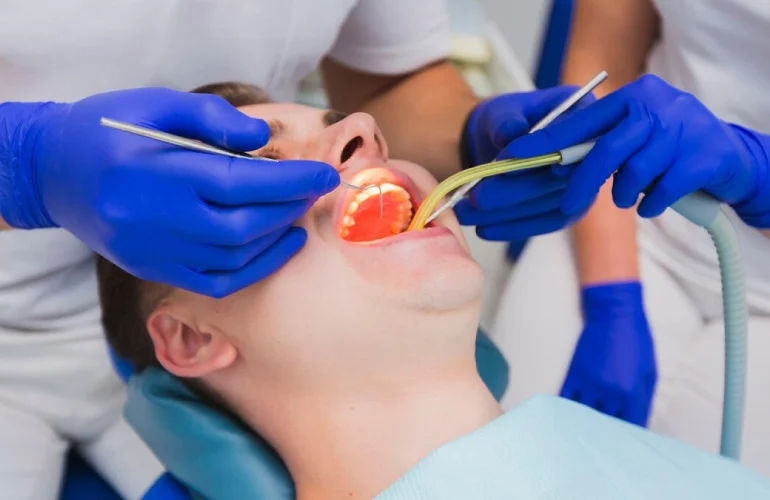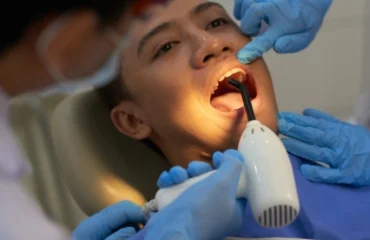
Crown and Bridge treatments are common dental procedures designed to restore and replace damaged or missing teeth, improving both function and aesthetics. Crowns are used to cover or “cap” a tooth that is severely damaged, decayed, or weakened. The procedure involves removing the outer portion of the tooth, shaping it, and placing a custom-made crown over it. Crowns are typically made from durable materials such as porcelain, metal, or a combination of both. They restore the tooth’s strength, shape, and appearance, and protect it from further damage.
Bridges are used to replace one or more missing teeth. A bridge consists of one or more artificial teeth, called pontics, which are anchored in place by crowns fitted onto the adjacent natural teeth or dental implants. This bridge spans the gap left by missing teeth, providing a functional and aesthetic solution.

Crown Specifications
Custom-made to fit over damaged teeth, crowns restore strength and appearance using materials like porcelain or metal, ensuring durability and a natural look.
Bridge Specifications
Designed to replace one or more missing teeth, bridges use pontics supported by adjacent crowns or implants, restoring function and filling gaps seamlessly.
Custom Fit
Both crowns and bridges are tailored to each patient’s unique dental structure, ensuring a precise fit and optimal comfort.
-
Customization
-
Durable Restoration
-
Aesthetic Enhancement
-
Functional Improvement




